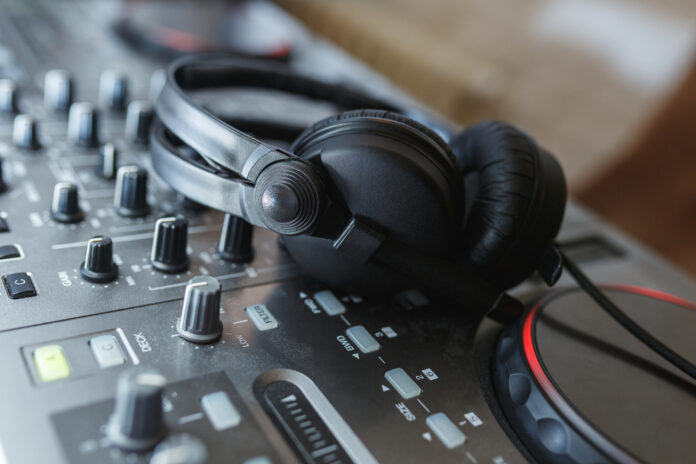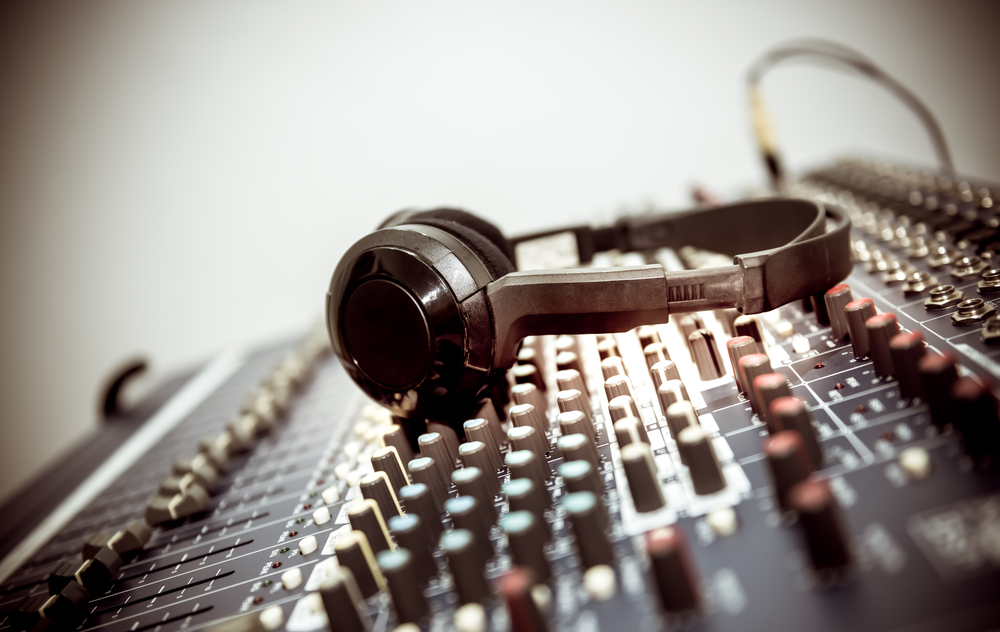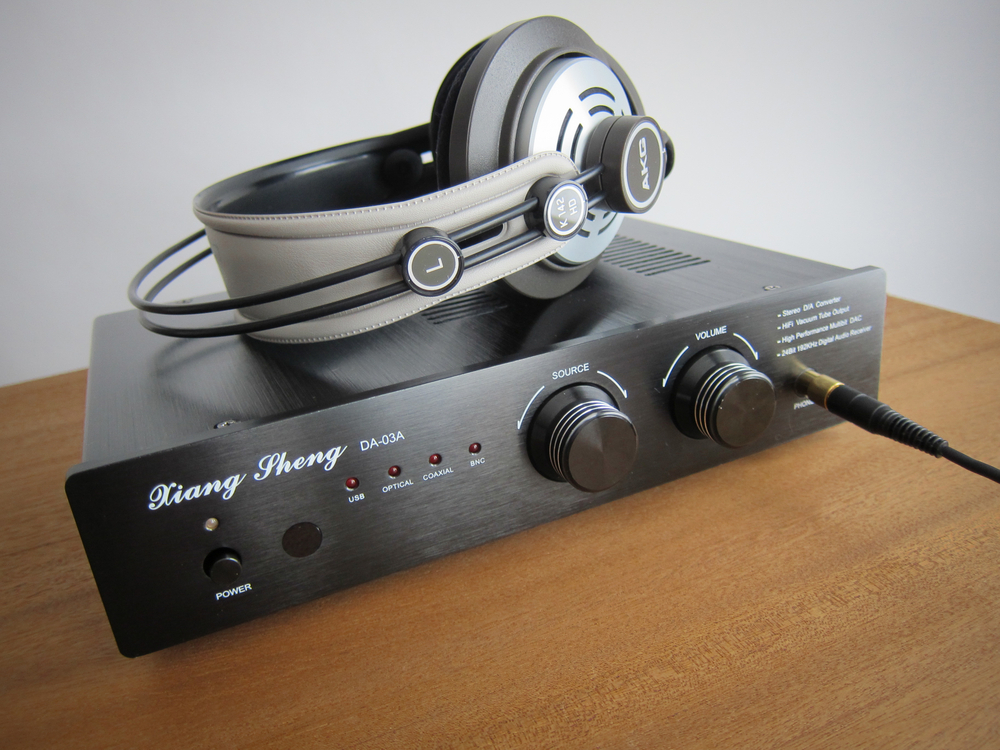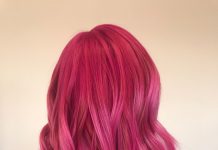
It is said that using headphones while mixing music will greatly degrade the sound. Allegedly, they distort the sound, the hearing gets tired much faster and it is already more difficult to evaluate the track objectively. Such judgments raise the false opinion that headphones are evil in the work of a mixer. Let’s see about the rules of mixing effectively in headphones.
In fact, headphones are a useful and important tool. Surely, there are some disadvantages in this issue, but their advantages more than outweigh the disadvantages.
Headphones, let’s say, isolate us from our environment. There is no crossfeed between the left and right channels: left channel information always remains on the left, right channel information always stays on the right. This separation makes the mix in the headphones perfectly pure, unnatural. The lack of crossfeed and channel isolation lead to an incorrect assessment of the whole picture of the mix. For this reason, it is quite easy to kill stereo when mixing music with headphones, but headphones are not the source of mixing problems. The wrong decisions when working with monitors will damage the stereo field in the same way, so the risk is the same here.
Headphones help to monitor tiny details and drawbacks in a sound, but they cause some problems, like unnaturally wide stereo, skewed frequency response, and no crossfeed between the left and right ears. Although, professional musicians, engineers and producers often work with headphones. So here are some tips on how to create a great sounding mix using headphones:
Table of Contents
Use quality headphones

Despite the advantages of a prepared room and top-end studio acoustics, in reality high-quality headphones are no worse for mixing music than near-field monitors. Professional studio headphones are designed paying attention to the needs of musicians and sound engineers – the materials and components used are specially selected so that hearing gets tired as slowly as possible, even during long work sessions.
It’s better to use open-back headphones. Closed-back headphones are great for vocal recording as they prevent sound leakage. However, they also retain pressure inside the headphones, creating false low frequencies. While this bass makes listening more fancy, it also distorts your perception of frequency response.
Use Assistive Plugins
There are some factors that are required when working with headphones. In the natural environment, we perceive all sounds with two ears, this allows us to accurately localize an object in space in our head, a sound picture. When listening to sound through headphones, the left and right channels are completely separated. If some sound comes only from the left channel, then the right ear does not hear it. This is unnatural. When listening on monitors, this does not happen. For this reason, professionals are often skeptical about mixing and mastering with headphones. But now there are a number of plug-ins to make the sound experience in headphones more natural.
Plugins like Audified MixChecker, Oscillot Perspective and ToneBoosters Isone simulate the sound of a car, laptop, stereo systems and studio monitors speakers, which is useful when the track is mixed with headphones. Simulation accuracy is impossible here, but you don’t need to wait for it: such plugins give a general idea of the problems of the mix and its sound on different speakers. At the end of the day, emulators will calm your nerves and confirm that using headphones hasn’t ruined the track.
Use A High-Grade Headphone Amplifier

The amplifier of the device helps to amplify the potential of the headphones. Listening to headphones without an external amplifier is like watching TV without an antenna. An amplifier will reveal all the details in a sound.
Take Care Of Your Hearing
Headphones cause hearing fatigue faster. When listening to music with headphones, your ears get tired much faster than when listening through stereos or monitors. However, it is wrong to assume that hearing is blurred only with headphones: the hearing aid gets tired regardless of the sound source used. No matter how cool the monitors are in the studio, listening very close to them and mixing at too high a volume causes fatigue at the same rate as headphones.
Conclusion
Headphones are an essential tool in the arsenal of any musician and sound engineer, so there is no reason not to mix music with them. The reality is that headphones should not be the only tool for mixing tracks – the sound image in them should always be compared to studio monitors. However, as long as you do not build the perfect staff chain for monitoring and mixing music, a pair of ears can be an indispensable aid in bringing tracks to mind.




